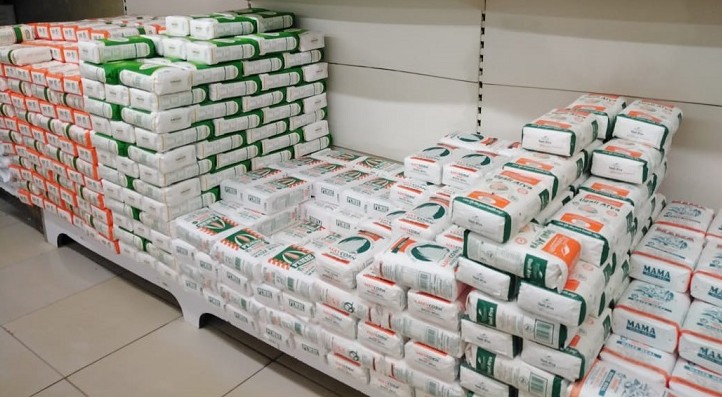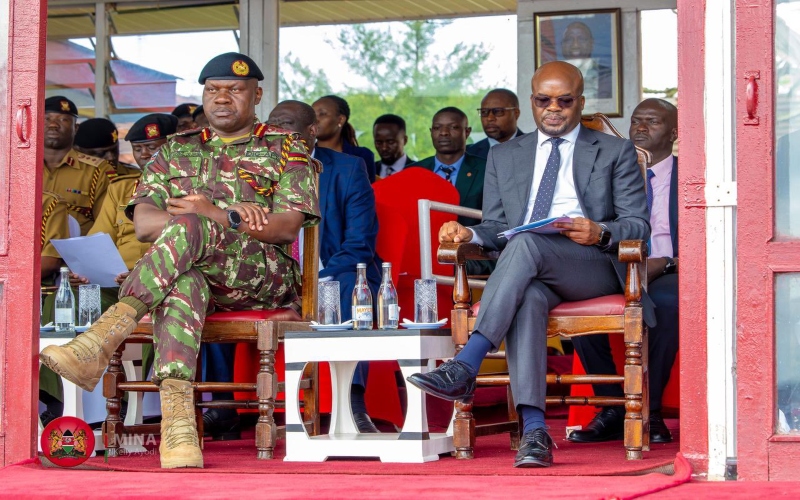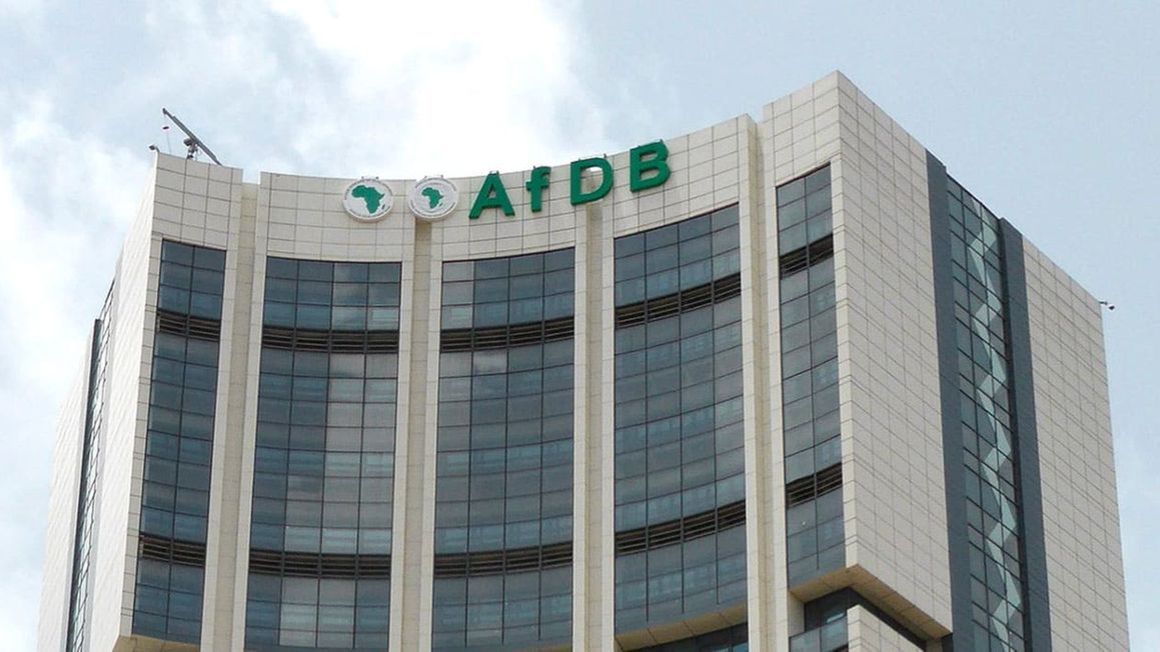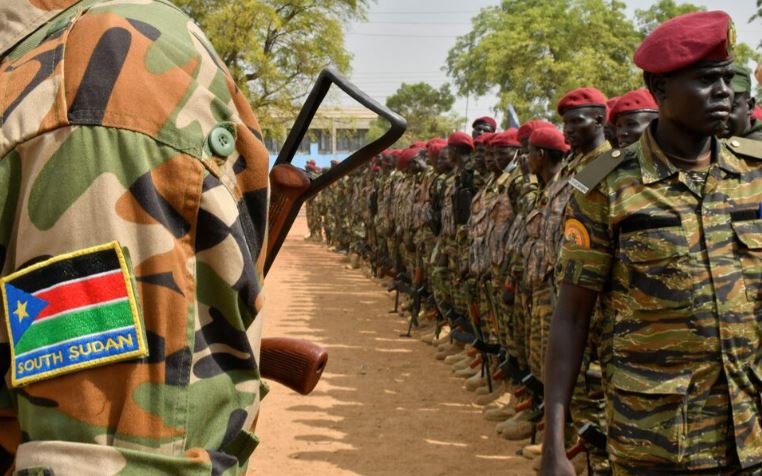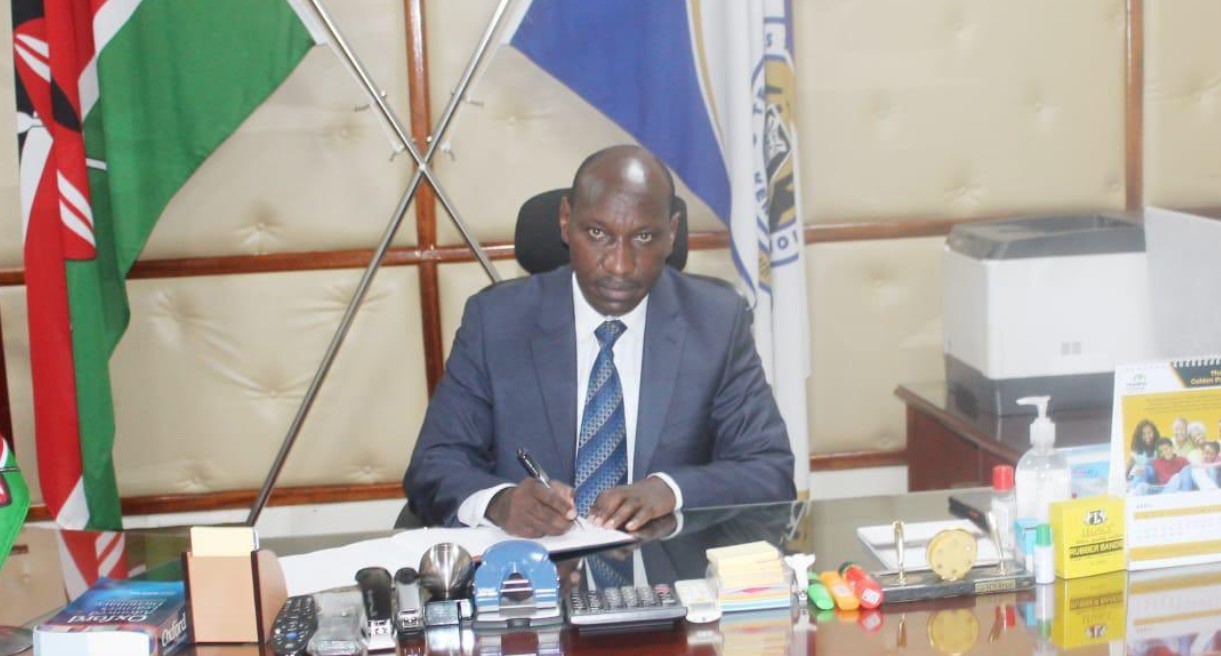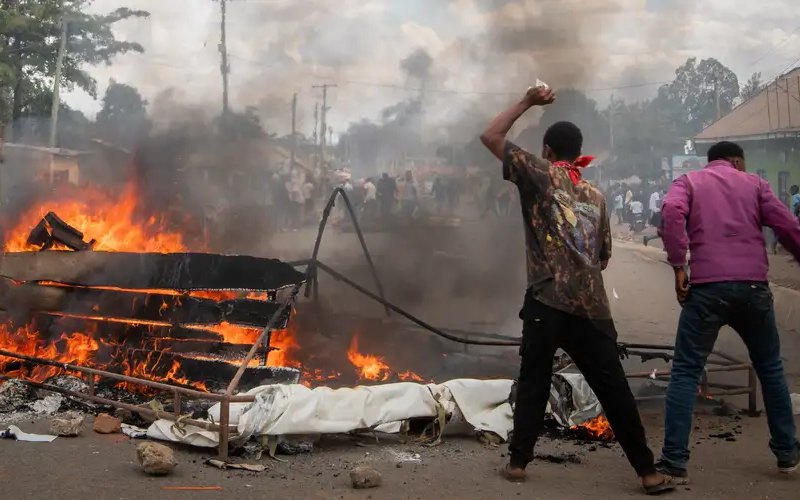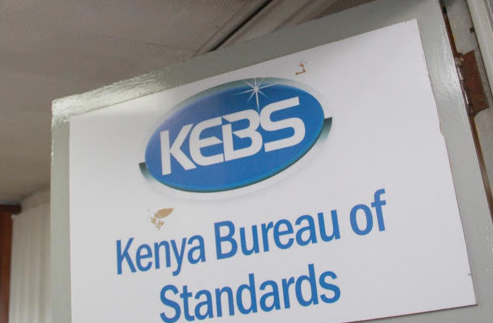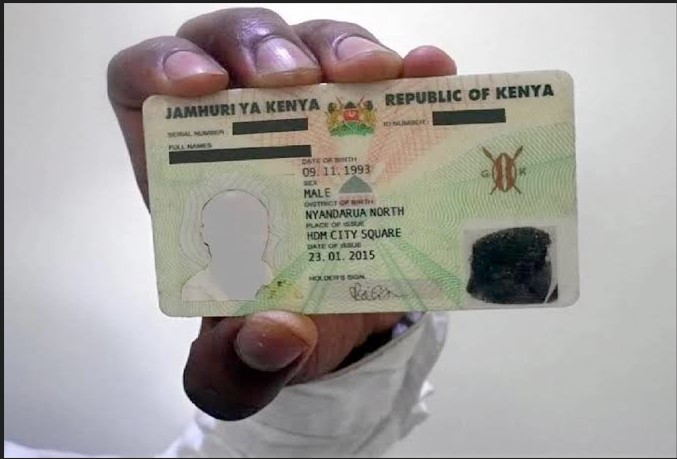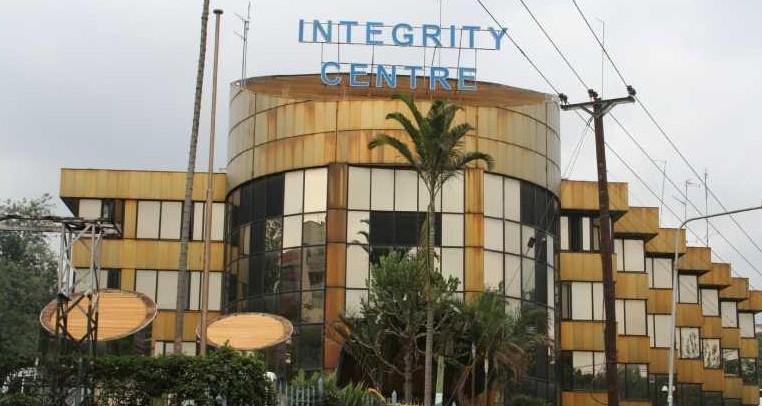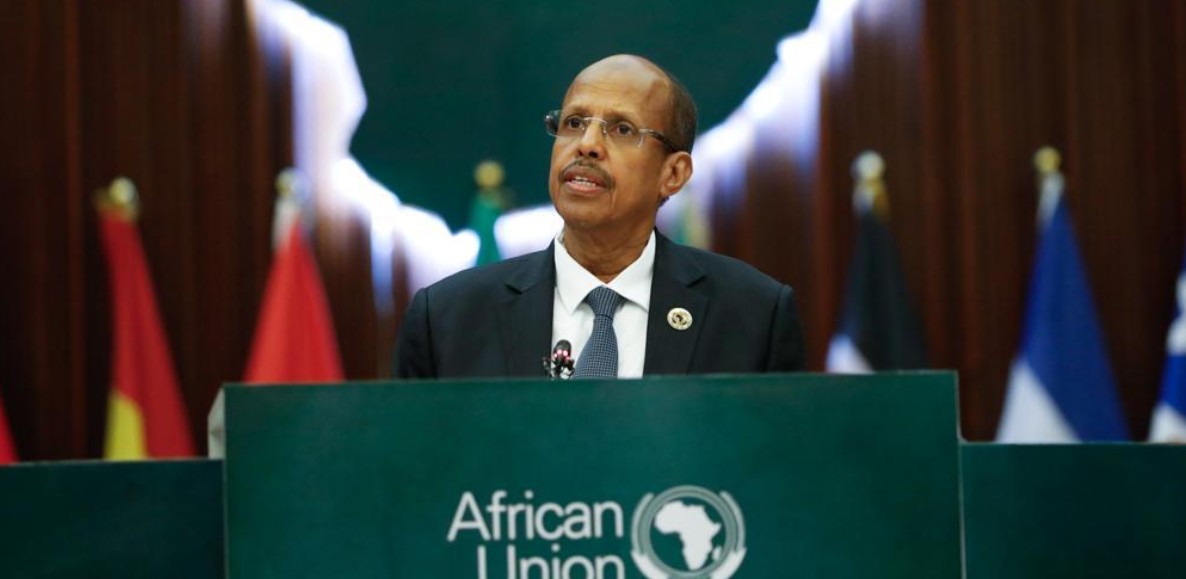WFP warns of severe hunger crisis amid funding cuts
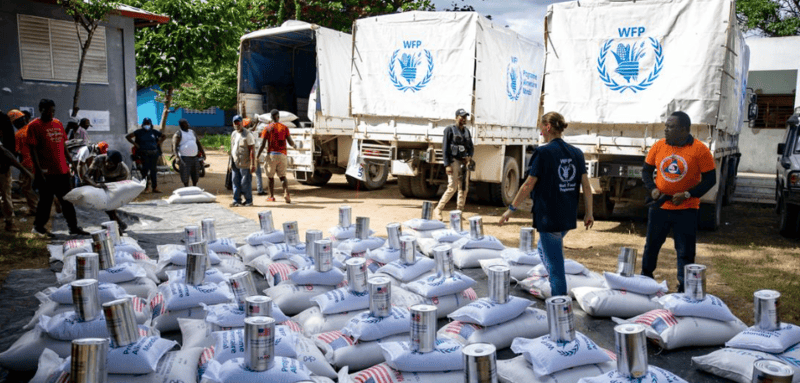
Commenting on the shortfall, WFP Executive Director Cindy McCain said the gap between what WFP needs to do and what it can afford to do has never been larger.
The United Nations World Food Programme (WFP) has sounded the alarm over an escalating hunger crisis.
In its latest report, ‘A Lifeline at Risk’, WFP says six of its most critical humanitarian operations are facing severe pipeline breaks by year's end, putting more lives at risk, as global humanitarian funding dries up.
More To Read
- Somalia declares drought emergency as millions face hunger after failed rains
- International Rescue Committee warns millions at risk as drought intensifies across Northern Somalia
- City Hall moves to recognise urban farmers in policy review
- WFP warns of hunger crisis in Nigeria as 35 million face food shortages
- Somalia faces worsening hunger with millions needing assistance
- IGAD calls for joint action to protect livestock, pastoral livelihoods in Horn of Africa
The agency reckons that cuts to the food assistance programmes could push 13.7 million current food aid recipients from crisis (IPC3) to emergency (IPC4) levels of hunger, a one-third increase.
The dwindling donor support, particularly following major US aid cuts earlier this year, has left the agency expecting 40 per cent less funding in 2025 compared to last year.
“WFP’s funding has never been more challenged. The agency expects to receive 40 per cent less funding for 2025, resulting in a projected budget of $6.4 billion (Sh827 billion), down from $10 billion (Sh1.3 trillion) in 2024,” the report reads.
Commenting on the shortfall, WFP Executive Director Cindy McCain said the gap between what WFP needs to do and what it can afford to do has never been larger.
“We are at risk of losing decades of progress in the fight against hunger. It’s not just countries engulfed in major emergencies. Even hard-won gains in the Sahel region, where 500,000 people have been lifted out of aid dependence with integrated food assistance and resilience programs, could soon be wiped out without continued support,” McCain said.
Notably, the agency’s six operations facing imminent funding shortfalls include those in Sudan, South Sudan, the Democratic Republic of Congo (DRC), Somalia, Afghanistan and Haiti.
These countries, already battered by conflict, displacement, and climate shocks, now face devastating ration cuts and a sharp reduction in caseloads.
The agency warns that if no new funding arrives, millions will lose access to lifesaving food aid amid record levels of global hunger.
In Sudan, WFP currently supports around four million people each month, but the agency says more than 25 million, half the country’s population, are facing acute food insecurity.
In neighbouring South Sudan, all recipients of food assistance are already receiving reduced rations, with some essential items set to run out completely by the end of October.
In Somalia, 4.4 million people are facing high levels of food insecurity.
Pipeline breaks are expected from November, and WFP will be forced to reduce the number of people receiving emergency food assistance to just 350,000 people.
This follows initial cuts in April, which saw the number halve from 2.2 million to 1.1 million.
The country’s operation reportedly has a $98.3 million (Sh12.7 billion) funding shortfall over the next six months.
Elsewhere, in the DRC, hunger levels are at record highs, and assistance has already been slashed to 600,000 people from a planned 2.3 million, with the agency warning of a complete pipeline break by February 2026.
In Haiti, hot meal programs have stopped altogether, and families are now receiving only half the standard monthly ration.
Afghanistan, too, is seeing dramatic reductions, with WFP able to reach less than 10 per cent of food-insecure people despite soaring malnutrition rates.
Top Stories Today

